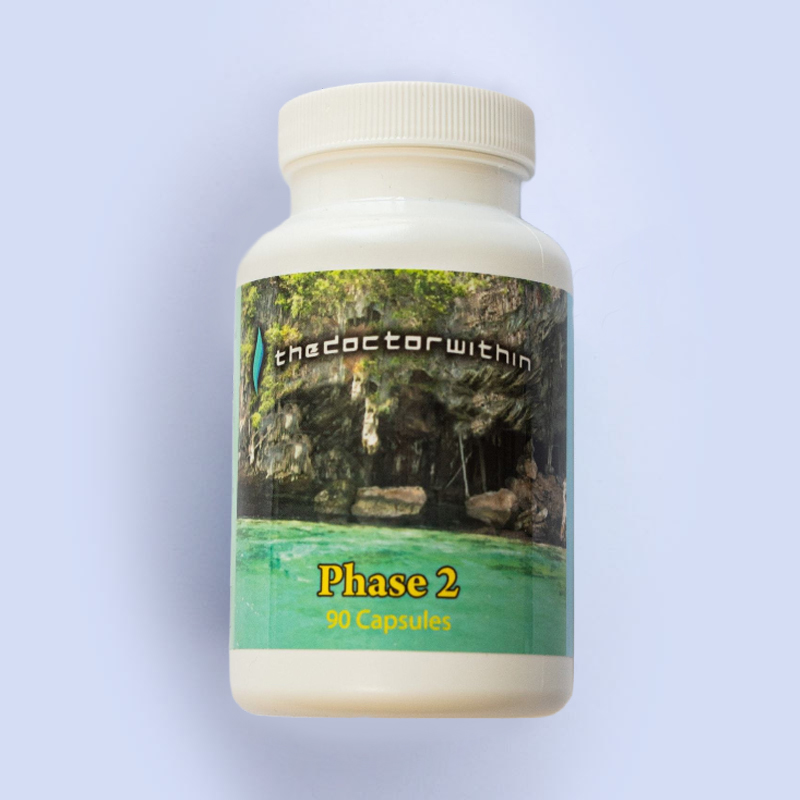9 hours: $105
.
Course Description:
The purpose of this course is to review the traditional legacy of chiropractic and to validate it with the most modern neuroscience emerging today. The course will provide useful information to the practicing chiropractor on professional identity, the scientific and legal basis of subluxation, quality of service to the community at large, related health issues, and the critical importance of refining and mastering a chiropractic technique by gaining an expertise in the fundamentals of physically adjusting vertebral segments.
Here are the topics of the 9 one-hour Sections:
Section 1
Recent shifts in self-perception for the profession. Related areas in the holistic paradigm. How has the way chiropractic viewed itself directly influenced the public’s perception of the profession.
Section 2
Mainstream medical definitions and discussions of subluxation, contrasting the orthopedic, osteopathic, and neurological points of view, comparing them with DD Palmer’s ideas. The stated purpose of medicine. The stated purpose of chiropractic.
Section 3
Effects of VSC on mainstream neurological principles of neuroplasticity, summation and integration of afferent neurology. Attacks from within: elaboration of rationales behind recent attempts to dislodge the concept of subluxation from the DNA of chiropractic. Frank Painter. Review of summation and integration of afferent neurology. Patterns of injury. Patterns of healing. Neurological collateralization. Central integrative state. Mechanoreceptors and afferent summation.
Section 4 – Neuroplasticity: the neurological principles of viscerosomatic and somatovisceral reflex arcs. The facilitated neuronal pathway re-patterning cortical architecture. Malik Slosberg: the primary somatosensory cortex. DeStefano: only two output systems from the brain. Haavik and sensorímotor processing related to the chiropractic adjustment.
Section 5 Subluxation and neuroforaminal encroachment: X-ray, MRI, clinical practice. Relate the effect of altered spinal biomechanics on the fundamentals of neuroscience. Memorizing the pattern of injury. How the adjustment breaks the facilitated pattern. Neuroforaminal encroachment: X-ray, MRI, clinical practice. Impingement and compression. Wolff’s Law and loss of lordosis.
Section 6 – Quantum physics and new ideas of nonsynaptic transmission, intra-membrane proteins, and epigenetics. De-afferentation and compression combined. Tone, adaptation, and homeostasis. Entropy. Newton, Einstein, Bruce Lipton. Extra-neural patterns of learning and cortical influence.
Section 7 – Topics in environment, genetics, and epigenetics. DNA control. Examples of the Evidence Based paradigm. The physiology of chemotherapy and vaccines. Changing FDA recommendations for pediatric OTC medications.
Section 8 – Discussing the brain/body connection in the overall holistic model. Awareness of the brain-body connection and how to explain it as the make or break ingredient in professional survival. JMPT and 400,000 disc surgeries per year. New research on post surgical incidence of morbidity and mortality: journal Spine.
Section 9 – Advanced Ideas in Chiropractic Adjusting Technique. Categories of Techniques through the decades. Essential features of the effective spinal adjustment. Analysis and pre-stress. The indispensable component of intent in the chiropractic adjustment. New graduates awareness. Summary of seminar objectives.
9 hours – CE
Tuition: $105
To register: 915.307.1055
doc@thedoctorwithin.com
Click here for CUSTOMER FEEDBACK on the online CE video courses.





